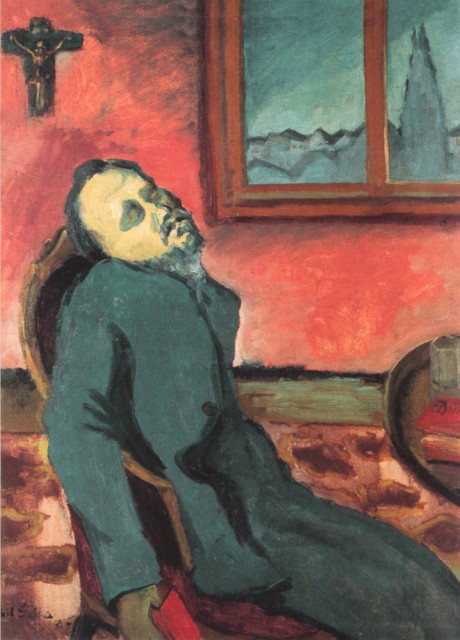
**PLEASE CLICK HERE FOR SLIDES**
Hello friends,
My presentation on Jan 24 will cover an earlier text of Dostoevsky’s called The Double. Though it is one of his lesser known (and, by extension, lesser philosophically analyzed) works, I personally believe that it holds a lot of the themes, techniques, and imagery that will inform his most revered texts, such as Crime and Punishment, Brothers Karamazov, and even Notes from the Underground.
The Double is a novella, so compared to his other texts it’s relatively short (hence, if you want to read the full thing you can), but in conjunction with another analysis I’d like for you to read, it would also be fine if you skipped chapters 2 & 3. What I’d like for you to focus on is Golyadkin (Senior, G1) and his relationship with his double (or Golyadkin Junior, G2, as I’ll refer to him), the narration, and the pace at which the scenes are playing out – I will not be going over the plot in detail in order to focus on analysis.
I will choose a particular chapter or two to focus on during my presentation, but for the sake of your understanding of the text, I feel it’d be more helpful to read more than just the chapters I am focusing on!
- Dostoevsky’s The Double (I am using a different translation, but this translation is also effective at conveying important imagery)
- Anatoly Lunacharsky’s Dostoyevsky’s Plurality of Voices (re: Mikhail Bakhtin’s Problems of Dostoevsky’s Poetics; Lunacharsky’s text gives a good summation of Bakhtin’s work without the complexities of semiotics in a shorter length of reading)
Finally, I am leaving you with Emil Filla’s 1907 work, Reader of Dostoevsky. Interpret it how you wish!
Melissa
Reader of Dostoevsky is in the Public Domain.